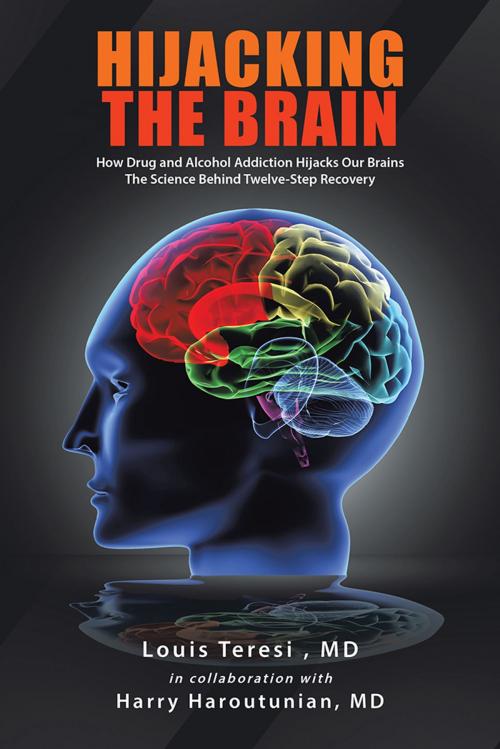Hijacking the Brain
How Drug and Alcohol Addiction Hijacks Our Brains the Science Behind Twelve-Step Recovery
Nonfiction, Health & Well Being, Self Help, Addiction, Alcoholism, Substance Abuse, Biography & Memoir| Author: | Louis Teresi | ISBN: | 9781463444853 |
| Publisher: | AuthorHouse | Publication: | October 20, 2011 |
| Imprint: | AuthorHouse | Language: | English |
| Author: | Louis Teresi |
| ISBN: | 9781463444853 |
| Publisher: | AuthorHouse |
| Publication: | October 20, 2011 |
| Imprint: | AuthorHouse |
| Language: | English |
Hijacking the Brain provides the first-ever scientific explanation for the success of Twelve-Step programs. Hijacking the Brain examines data provided by recent rapid growth in the fields of neuroscience, neuroimaging, psychology, sociobiology and interpersonal neurobiology that have given us new, dramatic insights into the neural and hormonal correlates of stress and addiction, cognitive decline with addiction, as well as for the relative success of Twelve-Step Programs of recovery. Addiction is recognized by experts as an organic brain disease, and most experts promote Twelve-Step programs (AA, NA, CA, etc.) which invoke a 'spiritual solution' for recovery. To date, no one has described "why" these programs work. 'Hijack' tells us why. In 'Hijack,' the role of 'working The Steps' for reducing stress and becoming emotionally centered is discussed in depth. A full chapter is devoted to the rewarding and comforting physiology of meditation and the spiritual experience. The author uses examples from animal sociobiology, as well as sophisticated human brain-imaging studies, to demonstrate that empathic socialization and altruism are instinctive and 'naturally rewarding' and, along with Step Work, act as a substitute for the 'synthetic rewards' of drugs of abuse. 'Hijack' does not challenge the Steps or the Traditions of Twelve-Step programs. The sole intention of Hijacking the Brain is to 'connect the dots' between an 'organic brain disease' and a 'spiritual solution' with sound physical, scientific evidence. Avoiding strict scientific language as much as possible, 'Hijack' is written for the layperson and abundantly illustrated.
Hijacking the Brain provides the first-ever scientific explanation for the success of Twelve-Step programs. Hijacking the Brain examines data provided by recent rapid growth in the fields of neuroscience, neuroimaging, psychology, sociobiology and interpersonal neurobiology that have given us new, dramatic insights into the neural and hormonal correlates of stress and addiction, cognitive decline with addiction, as well as for the relative success of Twelve-Step Programs of recovery. Addiction is recognized by experts as an organic brain disease, and most experts promote Twelve-Step programs (AA, NA, CA, etc.) which invoke a 'spiritual solution' for recovery. To date, no one has described "why" these programs work. 'Hijack' tells us why. In 'Hijack,' the role of 'working The Steps' for reducing stress and becoming emotionally centered is discussed in depth. A full chapter is devoted to the rewarding and comforting physiology of meditation and the spiritual experience. The author uses examples from animal sociobiology, as well as sophisticated human brain-imaging studies, to demonstrate that empathic socialization and altruism are instinctive and 'naturally rewarding' and, along with Step Work, act as a substitute for the 'synthetic rewards' of drugs of abuse. 'Hijack' does not challenge the Steps or the Traditions of Twelve-Step programs. The sole intention of Hijacking the Brain is to 'connect the dots' between an 'organic brain disease' and a 'spiritual solution' with sound physical, scientific evidence. Avoiding strict scientific language as much as possible, 'Hijack' is written for the layperson and abundantly illustrated.















